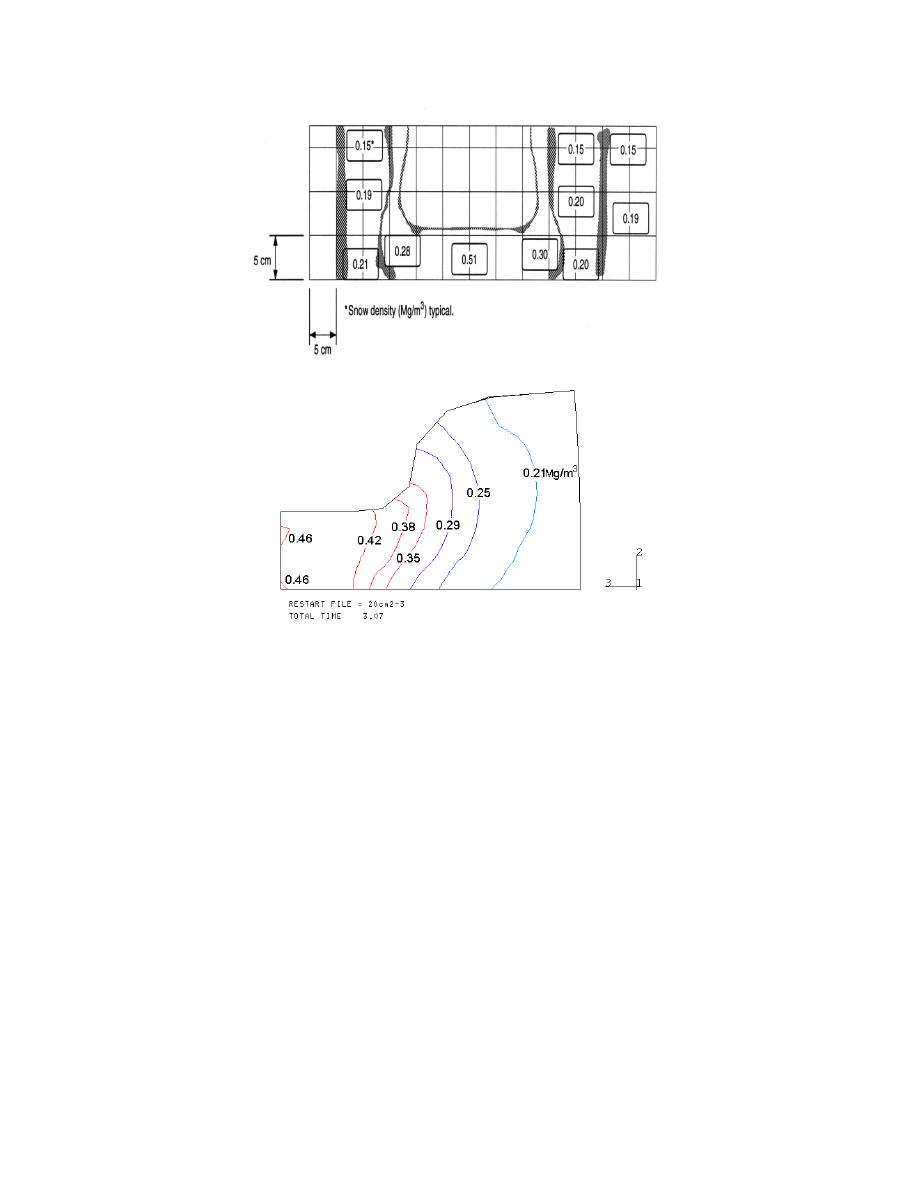
Figure 67. Comparison of measured (19-cm snow) and
modeled (20-cm snow) densities in a cross section trans-
verse to the direction of travel.
Deformable tire on soil
The same tire was then rolled on a DruckerPrager
cap plasticity model representing the McCormick
On harder terrain it is important to model the de-
Ranch sand (discussed earlier). The results of this
formation of the tire in addition to the deformation of
simulation are given in Figure 69, showing the maxi-
the terrain. Because of the large deformation and run
mum principal plastic strain and the principal stress
times involved, it is important that the tire model be
directions. The maximum principal stress is compres-
as efficient as possible while still maintaining an ac-
sive beneath and slightly forward of the tire. The
curate contact patch. Thus, the tire model used for
minimum principal stress is tensile and is largest just
rolling on soil was based on the formulation proposed
below and to the sides of the tire, oriented away from
by Darnell et al. (1997).
the tire. The difference between these stresses indi-
The ShoopDarnell tire model was modified to
cates the magnitude of shear stress in the soil, which
roll across deformable material, such as soil. This tire
is largest beneath and directly in front of the tire. This
was first placed on an elastic terrain material with the
corresponds to the general shear zones beneath a
properties of compacted sand. The simulation was
towed rigid wheel observed by Wong and Reece
conducted in four steps: the tire was first inflated,
(1967), shown in Figure 1.
then lowered into the soil, allowed to come to equi-
The tire-soil models are prototypes requiring re-
librium, and then rolled to the left, as seen in Figure
finement and development. They will eventually be
68. Only the tread and soil elements are shown in the
compared to field measurements of tire forces, de-
figure; the user-defined sidewall elements are not
flection, and contact area, including sinkage and
displayed. Figure 68d is an oblique view of the three-
deformation of the soil surface.
dimensional model showing the contact pressure.
51



 Previous Page
Previous Page
